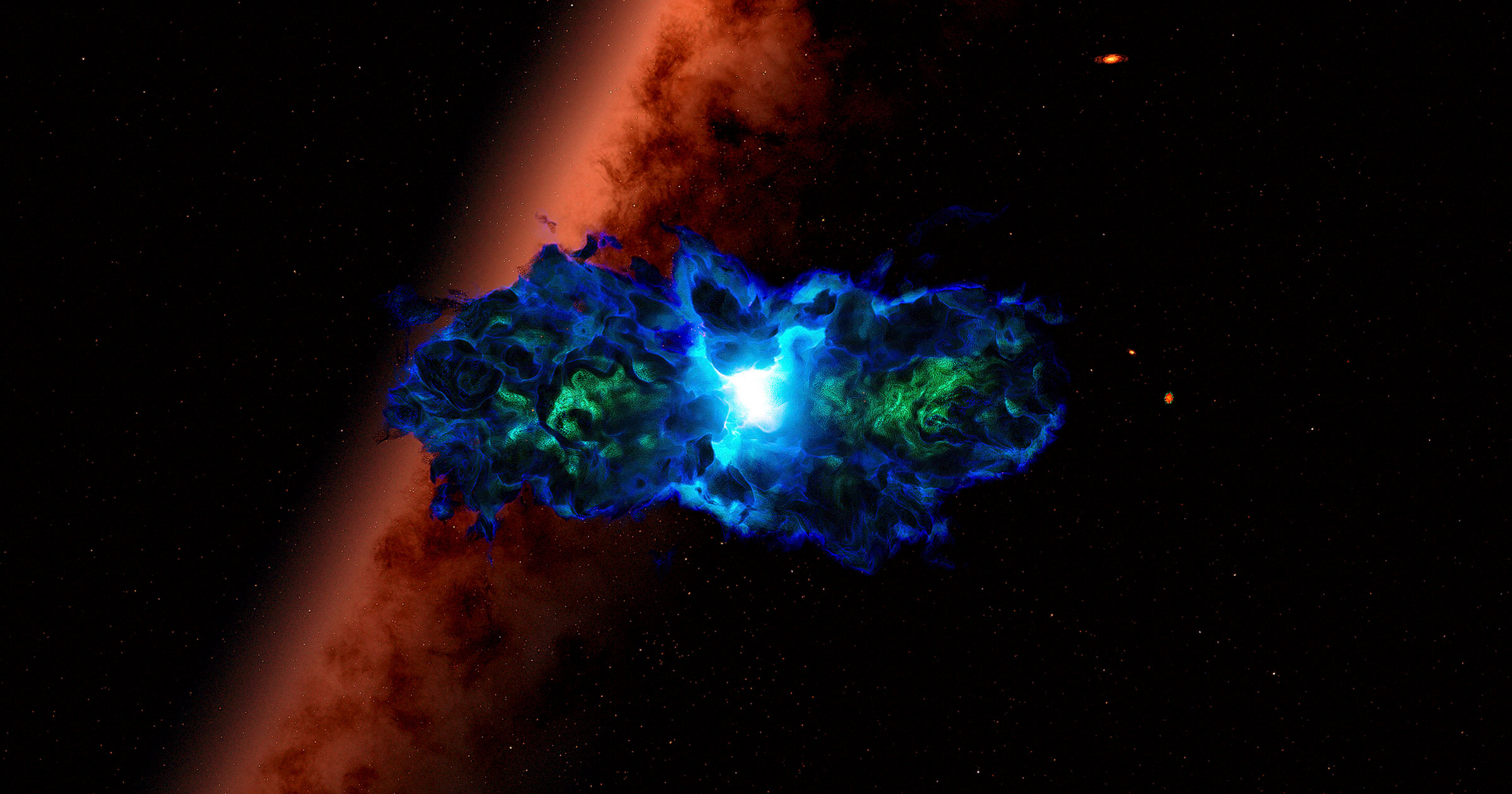NASA’s James Webb Space Telescope (JWST) may have discovered the universe’s first “dark stars,” according to new research published in the journal Proceedings of the National Academy of Sciences. These primordial stars, composed predominantly of hydrogen and helium, differ significantly from the familiar nuclear fusion-powered stars that illuminate our night sky.
Researchers propose that these supermassive dark stars existed in the universe’s early days, just hundreds of millions of years following the Big Bang. They theorize that the stars were energized by dark matter, a mysterious substance believed to constitute roughly 25 percent of the universe’s total mass. Despite its hypothesized prevalence, dark matter has yet to be directly observed, with its presence inferred solely through its gravitational interactions with visible matter.
Significance of Dark Stars in Cosmic Evolution
The existence of supermassive dark stars could provide insight into the bright and unexpectedly abundant galaxies observed by the JWST in the distant universe. Furthermore, the collapse of these stars may lead to the formation of supermassive black holes, which are thought to be responsible for the creation of distant quasars—extremely luminous galactic cores powered by black holes.
Cosmin Ilie, an astrophysicist at Colgate University and the lead author of the study, described these dark stars as “extremely bright, giant, yet puffy clouds” primarily made of hydrogen and helium. He explained that their structure is maintained against gravitational collapse by tiny amounts of self-annihilating dark matter present within them.
The theory surrounding dark stars originated in the late 2000s, suggesting that they could arise from Weakly Interacting Massive Particles (WIMPs), one of the leading candidates for dark matter. These particles are theorized to annihilate each other, generating heat that manifests as a shining star.
Katherine Freese, an astrophysicist at The University of Texas at Austin and coauthor of the study, noted, “For the first time, we have identified spectroscopic supermassive dark star candidates in JWST, including the earliest objects at redshift 14, only 300 million years after the Big Bang.” She emphasized the importance of these early dark stars in enhancing our understanding of dark matter and their role as precursors to the supermassive black holes observed by the JWST.
Recent Discoveries and Future Research
In 2023, Freese and her colleagues discovered several candidates for supermassive dark stars using images obtained from the JWST’s Near-Infrared Camera (NIRCam). This instrument captures high-resolution images in the near-infrared spectrum to study the earliest galaxies. Recent analysis of data from the JWST’s Near-Infrared Spectrograph (NIRSpec) has furthered their research, allowing them to identify four spectroscopic dark star candidates, including one that is the second most distant object ever observed.
Ilie highlighted a significant finding, claiming they might have detected a “smoking gun signature of a dark star” through a “1640 Angstrom absorption dip” in the spectrum of one of the candidates. An Angstrom, a unit of length equal to one hundred-millionth of a centimeter, is commonly used to measure light wavelengths.
Despite these exciting findings, substantial research remains to confirm the presence of supermassive dark stars in the early universe. The latest discoveries hold promise for advancing our understanding of dark matter, which continues to be one of the most challenging and elusive puzzles in modern astronomy.
